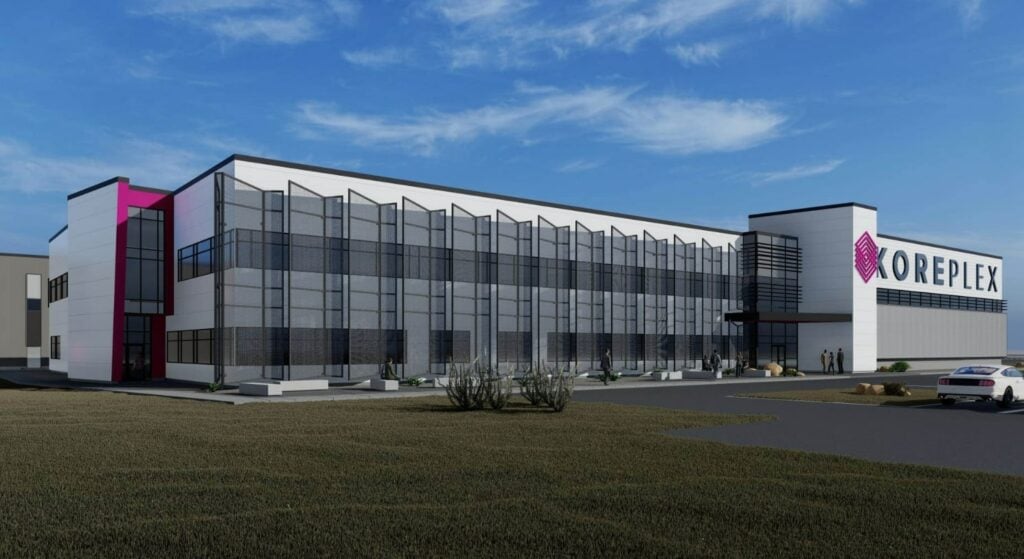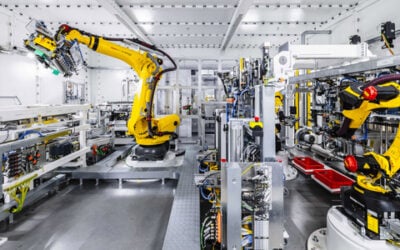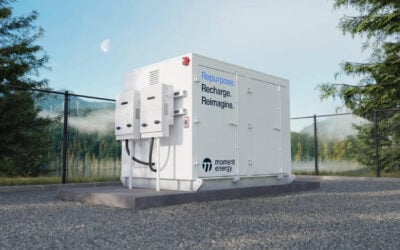
More detailed proposed regulations around the US government’s 45X tax credit for domestic clean energy manufacturing have been released, clarifying what battery components and materials qualify.
A ‘Notice of proposed rulemaking and public hearing’ was published last week (15 December) by the US Treasury and Internal Revenue Service (IRS), in which further clarity was provided on how the new tax credit for manufacturing clean energy components will work in practice.
Enjoy 12 months of exclusive analysis
- Regular insight and analysis of the industry’s biggest developments
- In-depth interviews with the industry’s leading figures
- Annual digital subscription to the PV Tech Power journal
- Discounts on Solar Media’s portfolio of events, in-person and virtual
The 45X Advanced Manufacturing Production Credit is one of several new ones brought in as part of the Inflation Reduction Act (IRA) at the start of 2023. However, unlike most others, 45X is paid directly to companies by the government rather than monetised by reducing an entity’s tax liability.
This makes manufacturing lithium-ion batteries immediately US$35 cheaper per kWh produced – the value of the tax credit for batteries. One company, Freyr, recently said this had completed “shifted the market” for battery production from Europe to the US, when discussing why it was pivoting its focus across the Atlantic (Premium access). Lithium-ion batteries generally cost around US$100 per kWh to produce.
The new Notice defines battery components as either electrode active materials, battery cells or battery modules, and provides a detailed breakdown within each of these of how to qualify.
The Notice has also clarified that there will be phase-out percentages starting from 2030, when it will fall to 75% of its original value, to 50% in 2031 and 25% in 2032 before being phased out entirely in 2033.
Additionally, it clarified that batteries cannot have a discharge duration in hours, or MWh-capacity-to-MW-power ratio, of more than 100. The longest-duration grid-scale battery energy storage system (BESS) projects that are being built currently are those from iron-air battery tech firm Form Energy, at exactly 100.
The 45X tax credit is separate to the domestic content adder to the investment tax credit (ITC) for clean energy project including energy storage. That gives a 10% uplift to the ITC if the technology – BESS or otherwise – is majority-manufactured in the US, though there are questions over how this will work in practice.
Industry stakeholders have until 13 February 2024 to provide comments on the new guidance.
See the full Notice on the Federal Register here and here for our sister site PV Tech’s coverage of the Notice as it pertains to solar.
Energy-Storage.news’ publisher Solar Media will host the 5th Energy Storage Summit USA, 19-20 March 2024 in Austin, Texas. Featuring a packed programme of panels, presentations and fireside chats from industry leaders focusing on accelerating the market for energy storage across the country. For more information, go to the website.






